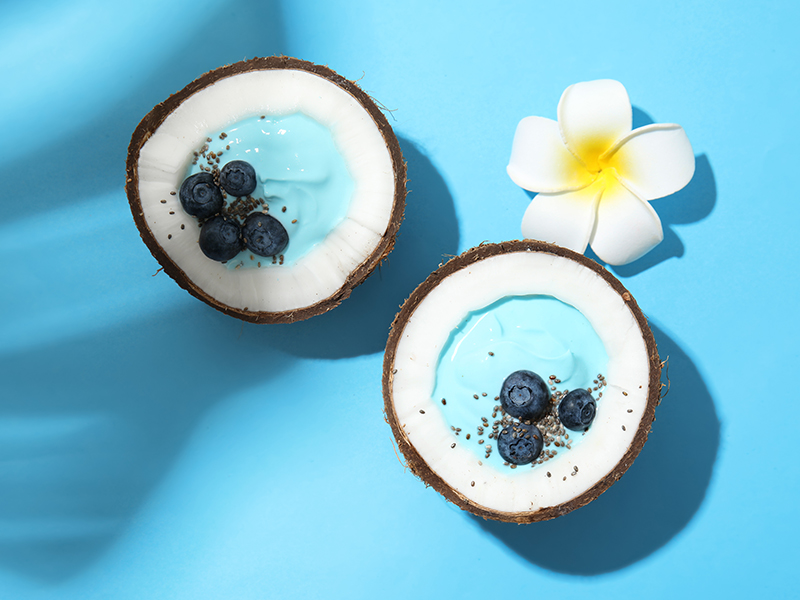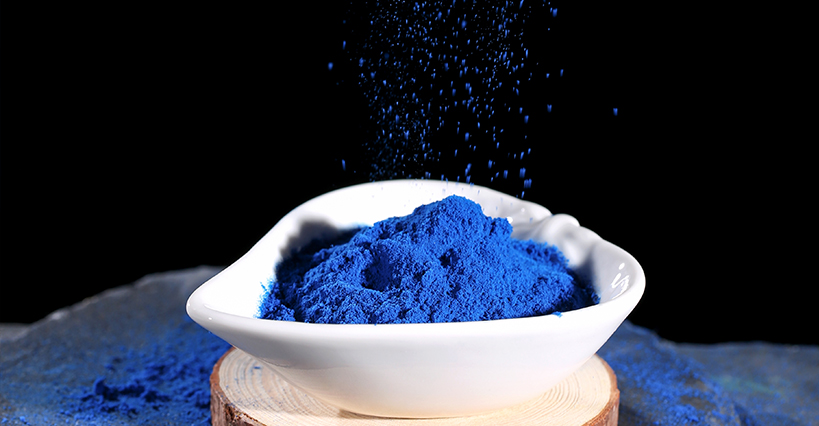
What is blue spirulina (phycocyanin)?
Blue spirulina (Phycocyanin) comes from the Greek phyco, meaning algae. Phycocyanin is mainly found in cyanobacteria but is masked by the presence of chlorophyll.
As one of the nutrient-rich foods of the 21st century, spirulina comes from phycocyanin. Phycocyanin provides a large number of high-quality proteins for spirulina. Studies have found that the human body can absorb 85% of phycocyanin, so phycocyanin is an uncompromising quality protein. During the production process, we optimized the process to further remove impurity proteins, ensuring that our products are of high-quality phycocyanin. Besides, phycocyanin is the natural raw material with the strongest antioxidant capacity and the widest range of antioxidants among water-soluble raw materials. The presence of phycocyanin also provides rich nutrition and health functions for spirulina. For example: improve immunity, maintain blood pressure balance, fight cancer, etc.
Therefore, we have extracted phycocyanin from spirulina, so that this high-quality raw material can serve more people.
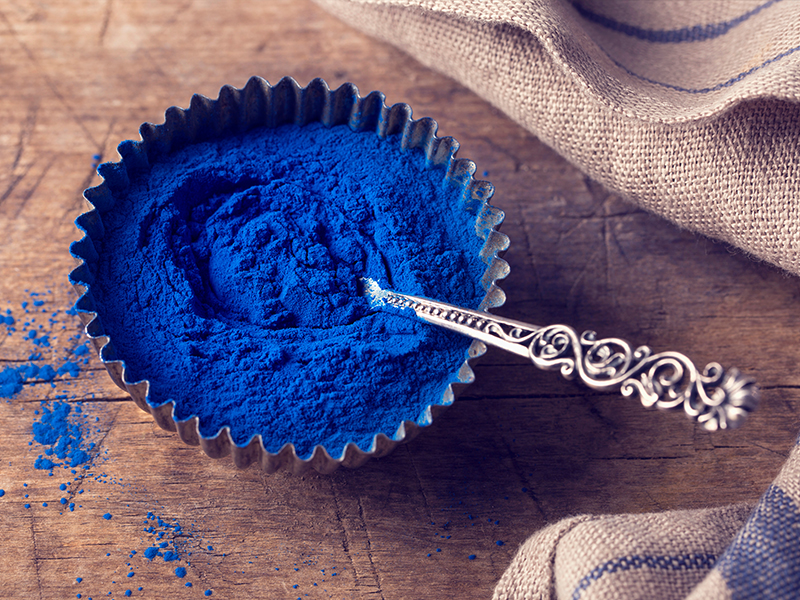
The efficacy of phycocyanin
Phycocyanin can help regulate and synthesize a variety of important enzymes required for human metabolism. It plays an important role in inhibiting the growth of cancer cells and promoting human cell regeneration, maintaining the ovary, and promoting the synthesis of elastin in the body. The immune system, enhance immune system function, improve the human body’s resistance to disease. Therefore, phycocyanin has been hailed as a “food diamond” by food experts. It works well in the following areas.
1.Anti-cancer and anti-tumor.
Phycocyanin has been shown to inhibit cancer cell expansion. Scientists have discovered that phycocyanin can significantly inhibit the function of cancer cells. It can be made into anti-tumor adjuvant therapy drugs. Adjuvant therapy with chemotherapy can enhance the body’s immunity. In a scientific experiment, feeding rats with liver cancer with extracted phycocyanin found that the survival rate of rats fed with phycocyanin was much higher than that of the control group. After 5 weeks, 90% of the rats in the treatment group Survived, while the untreated group survived only 25%. After 8 weeks, 25% of the rats in the treated group survived, and the rats in the untreated group died. This shows that oral phycocyanin can improve the survival rate of cancer-bearing organisms.
2.Anti-oxidation and scavenging free radicals.
Phycocyanin can promote cell activity, remove free radicals in the body, improve ovarian function, and promote the rapid synthesis of elastin by the body. According to scientific research, phycocyanin can stimulate the formation of red blood cell colonies, similar to the role of erythropoietin (EPO); it can adjust the function of white blood cells and increase the activity of lymphocytes; increase physical fitness, promote the growth of red blood cells, can improve the immune function of the body, and promote growth development. It also has moisturizing, anti-allergic, anti-inflammatory, and anti-plaque effects.
4.Anti-allergy
A research team from Taiwan University released new research results on January 7 and found that purified phycocyanin has an inhibitory effect on allergies.
5. Another function of phycocyanin is a fluorescent agent.
Application of Phycocyanin
In food
Phycocyanin is the only colored protein in nature and the only blue pigment allowed by the FDA in foods. In Europe, phycocyanin is used as a color food raw material in unlimited quantities.
Phycocyanin can be colored in foods such as candy, beverages, cake baking, and beer. In addition to adding beautiful sky blue to food, phycocyanin can also add powerful functionality to food and provide high-quality plant protein to consumers. Phycocyanin can also replace traditional milk as a source of plant protein for dairy products. When used for food fortification, phycocyanin can improve the bio efficiency and protein utilization of grains.
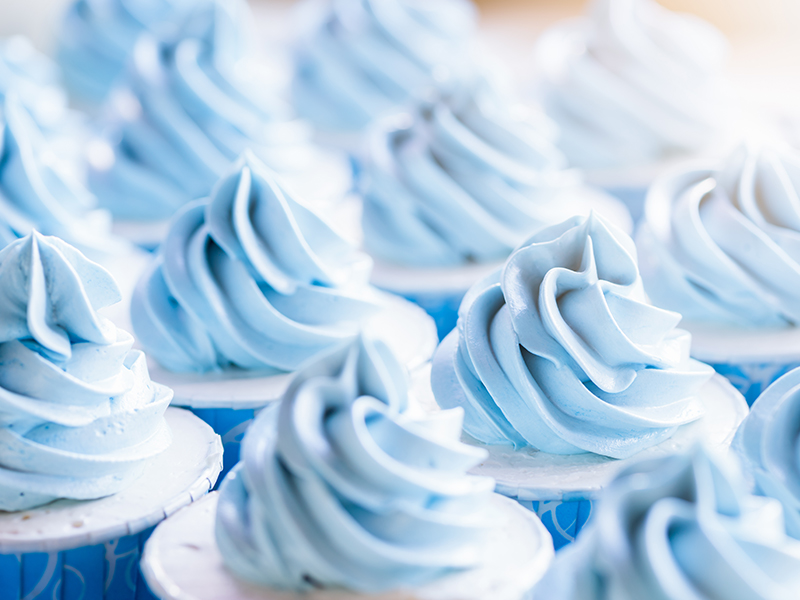
In cosmetics
Phycocyanin can be used as an antioxidant and functional cosmetic raw material. Whether it is make-up or cosmetics, phycocyanin can be used in cosmetics and provides a variety of nutritional active ingredients such as amino acids required by the skin. Surface and deep nutrition and care, and the use are very assured, there is no irritation and sensitization to the skin. Phycocyanin is a collagen-like protein. It is a macromolecular protein and chromophore molecules are bound through disulfide bonds. It has anti-oxidant, moisturizing, and anti-allergic effects, eliminating inflammation and freckle removal. Binmei Biotechnology has customized several cosmetics-specific products for L’Oreal France and Guangdong Danzi Group. When used in cosmetics, phycocyanin can provide the amino acids needed by the skin, and it has a nursing effect on skin indication and deep nutrition.
In nutrition
In addition to providing protein for the human body, phycocyanin is also rich in various amino acids required by the human body. The amino acid composition ratio of phycocyanin is very reasonable. Among them, 8 essential amino acids account for up to 37.2% of the total amino acid. This content is very high. Close to or exceeded FAO’s recommendations.
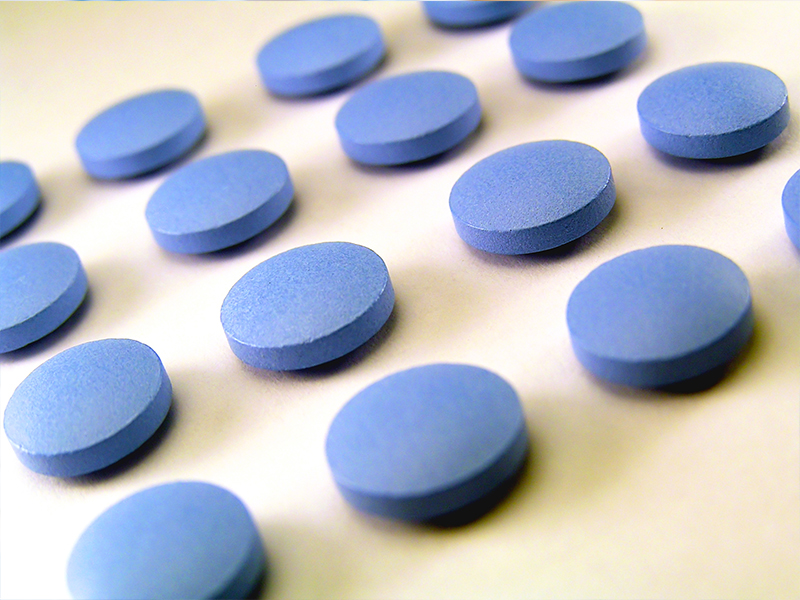
Promote the body’s absorption of iron
In plant-based diets, only 13-35% of iron can be absorbed by the body, far less than 60% of animal-based diets. Under similar digestive conditions, a Japanese study found that phycocyanin and heme have similar structures and can form soluble compounds with iron, greatly improving the body’s absorption of iron.
Boost immunity
A study showed that phycocyanin can significantly increase the number of antibody-forming cells and the ability to produce antibodies in the spleen cells of normal and immunocompromised mice to enhance immune cell activity and improve the body’s immunity, thereby acting as a defense The purpose of disease resistance.
anti-oxidation
Phycocyanin is a powerful broad-spectrum antioxidant. Various in vivo and in vitro models have shown that it can scavenge a series of toxic free radicals such as peroxy, hydroxyl, alkoxy radicals, and superoxide, and hydroperoxide groups, preventing cell damage and cell aging caused by harmful free radicals. , Inflammation, and other lesions. Also, phycocyanin can inhibit the peroxidation reaction induced by Fe2 + and ascorbic acid [3], and oral phycocyanin 50-300mg / kg can significantly inhibit the peroxidation reaction.
Anti-radiation & Hematopoietic
Effective resistance to ultraviolet and other ionizing radiation is an important biological property of cyanobacteria. Phycocyanin, as one of the main active ingredients of cyanobacteria, can significantly inhibit the reduction of blood cells, and the damage or repair of hematopoietic stem cells plays a vital role in hematopoietic radiation diseases. From this perspective, phycocyanin can reduce the photosensitivity of hematopoietic stem cells, prevent the reduction of stem cells, re-promote cell proliferation, and help restore hematopoietic function.
Protect the ovaries
Premature ovarian failure is regarded as a “hidden killer” for women’s health and beauty. A Dutch study showed that phycocyanin can increase the oxygen-carrying capacity of ovarian cells and accelerate the proliferation of new ovarian cells. By eliminating free radicals in the body and promoting cell activity, it can play a role in eliminating ovarian inflammation and improving ovarian function.
Inhibit cancer cells
Phycocyanin has been shown to inhibit tumor cell proliferation and induce apoptosis of cancer cells, including threatening diseases worldwide including lung cancer, liver cancer, colon cancer, and breast cancer. In 1986, the phycocyanin compound drugs and nutritional foods developed and produced by the Kangpai AIDS Research Institute and CONFIDENCE Algae Nutritional Foods Co., Ltd. have achieved outstanding therapeutic effects on cancer and leukemia patients.
How to use blue spirulina in daily life
Spirulina is sold in powder form. It dissolves well in smoothies and healthy milkshakes and imparts a gorgeous blue tone to any food.
You can make smoothies, cakes, ice cream at home, and even add phycocyanin while drinking milk. You can also dissolve phycocyanin and water directly and drink it to absorb it.
Now on the market, there are also many foods, beverages, and nutritional supplements with phycocyanin. You can pay attention to the ingredient list of these products, especially the blue food.
